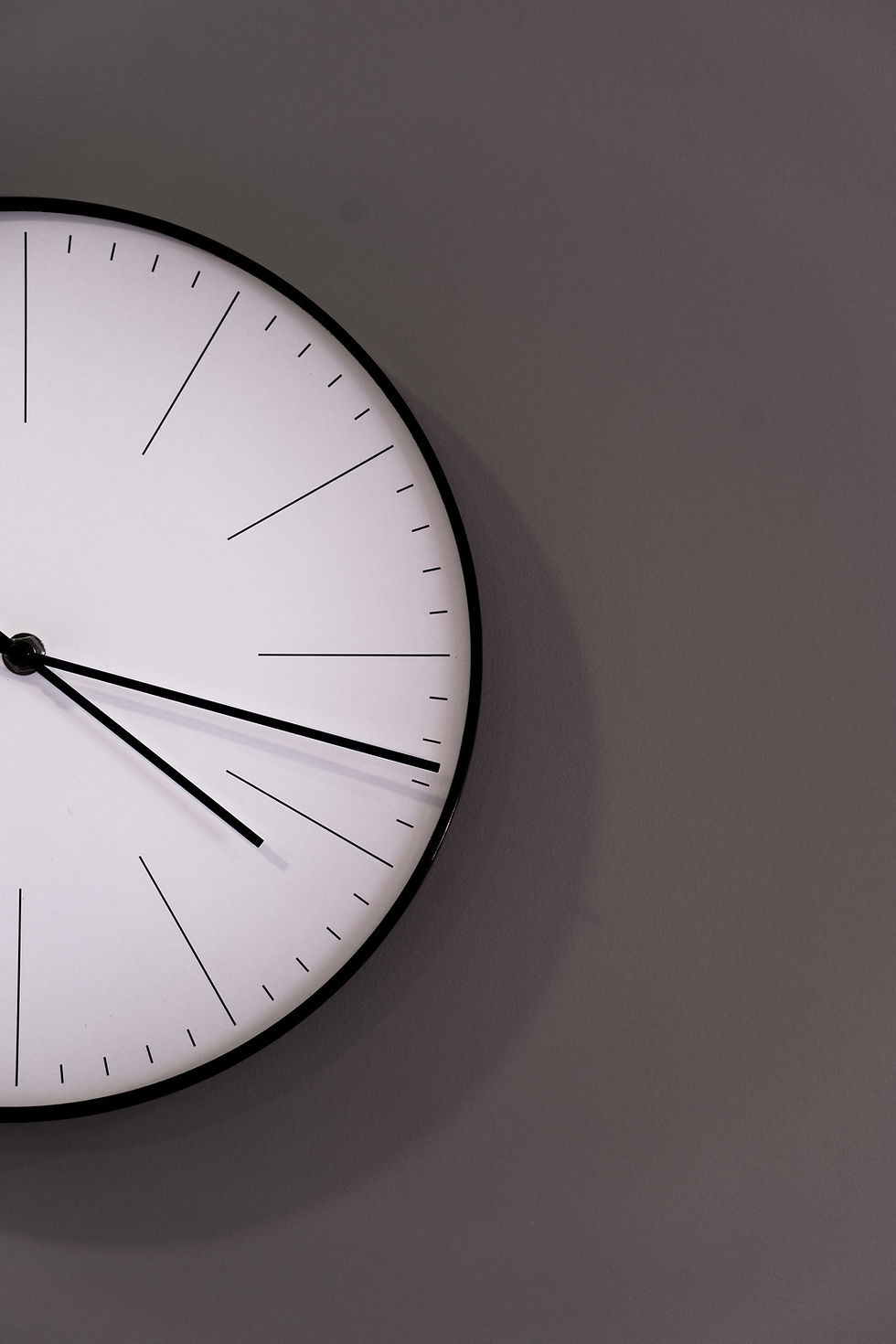Can Seniors Really Gain Muscle & Strength?
- Daniela Radoman
- May 12, 2025
- 4 min read
A question I get asked often is, “can I really put on muscle at my age? Does it even make a difference?”
The answer, YES.
There’s a misconception that you can’t see gains once you’re past a certain age.
One recent study compared how effective strength training is in people 85+ years old to people who are in the 65-75yr age category.1
You might be surprised by the results.
Let’s take a look.

What They Did
Researchers took 2 groups: a group of older adults, both men and women, between the ages of 65-75, and another group that were 85+.
Specifically, none of the study participants had done any strength training in the past 6 months, they were all community-dwelling, and none had any health conditions that would interfere with the study.
They then put both groups through a 12 week exercise program that consisted of 3 full body workouts a week. They did a series of:
Leg Press
Leg Extension
Machine Chest Press
Lat Pull Down
Horizontal Row
For the leg exercises, the groups did 4 sets of 10 reps, and for the upper body exercises did 2 sets of 10 reps. The intensity of the workouts were moderate-high, from 60-80% of the participants’ estimated 1 rep max (1RM).
What They Found
Now for what you’ve been reading this entire post for - the results.
Both groups made significant gains in both their muscle mass and their strength levels.
In fact, there was NO difference between the 65-75 and 85+ years groups - they made roughly the same proportionate amount of gains.
For instance, a 10% and 11% increase in quadriceps muscle size was seen in both the 65-75 and 85+ year old age groups respectively - and yes, those percentages are in the right order.

For strength alone, both groups added approximately 40 KILOGRAMS to their leg press estimated 1RM. Just as a reminder, 40kg = 88lbs!
And want to hear more great news? ALL of the participants saw improvements in muscle mass and strength. Each and every one of them! Both in quadriceps size and 1RM strength on each exercise.
Both groups also saw improvements in other physical test scores such as walking speed, walk time, balance tests, and chair sit to stand tests.
Despite the 85+ group starting off with less muscle mass, strength, physical performance, and even higher inflammatory markers, the improvements they saw were on par with the group that was on average 18 years younger than them!
What Does This All Mean?
This paper clearly shows that people even advanced in years can still make gains in both their muscle mass, strength, and even functionality.
While it’s true that one’s maximum muscular potential decreases with age, that doesn’t mean that it’s not possible to see improvements.
Actually, a lot of the negative effects of aging, when it comes to muscle mass and strength at least, are due to disuse and unhealthy lifestyle choices, not aging per se.
A lot of exercise classes and programs catered to older adults tend to be slower and less intense. This isn’t a bad thing in and of itself as a lot of these lower-intensity activities can be good for overall well being and other health measures.
That being said, when the aim is specifically to gain muscle and strength, older adults need to be strength training at moderate to high intensities like in this study (which used 60-80% 1RM).
Not to mention, the protocol these participants went through also included more volume than what programs catered to seniors typically see, which was 3 sessions/week, 4 sets on lower body and 2 sets on upper body exercises.
It’s the combination of higher intensities and greater volume that has been shown to be effective and lead to great improvements in both muscle mass and strength in the older population.2,3
The main take away: It’s never too late to start strength training.
A well structured strength training program can help see improvements in muscle mass, strength, physical performance, regardless if you’re in your 60’s, 70’s, or 80 and beyond.

FINAL REMARKS
Our goal at Delta Kinesiology is to help women reach their health and fitness goals. We specialise in conditions and injuries that women are more likely to experience, and we tailor the sessions using evidence-based principles and methods to help you reach your goals. Whether that be going about your day pain-free, building muscle, improving stamina, or feeling better about yourself, we are here to help.
Check out some of the ways we can help below!
References
Marzuca-Nassr, G. N., Alegría-Molina, A., SanMartín-Calísto, Y., Artigas-Arias, M., Huard, N., Sapunar, J., Salazar, L. A., Verdijk, L. B., & van Loon, L. J. C. (2023). Muscle Mass and Strength Gains Following Resistance Exercise Training in Older Adults 65-75 Years and Older Adults Above 85 Years. International journal of sport nutrition and exercise metabolism, 34(1), 11–19. https://doi.org/10.1123/ijsnem.2023-0087
Mcleod, J. C., Currier, B. S., Lowisz, C. V., & Phillips, S. M. (2024). The influence of resistance exercise training prescription variables on skeletal muscle mass, strength, and physical function in healthy adults: An umbrella review. Journal of sport and health science, 13(1), 47–60. https://doi.org/10.1016/j.jshs.2023.06.005
Marques, D. L., Neiva, H. P., Marinho, D. A., & Marques, M. C. (2023). Manipulating the Resistance Training Volume in Middle-Aged and Older Adults: A Systematic Review with Meta-Analysis of the Effects on Muscle Strength and Size, Muscle Quality, and Functional Capacity. Sports medicine (Auckland, N.Z.), 53(2), 503–518. https://doi.org/10.1007/s40279-022-01769-x




Comments